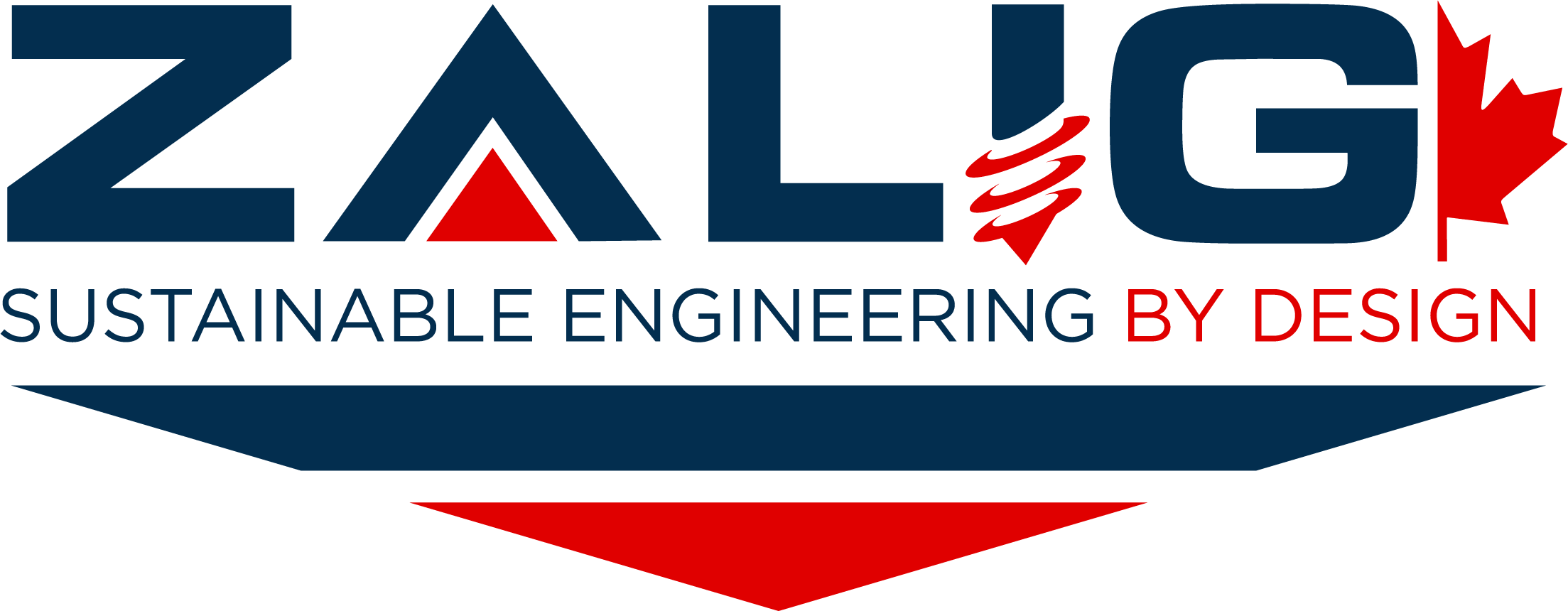- Correlation CPT SPT
There are several correlations that can be used to estimate soil properties and characteristics from Cone Penetration Test (CPT) data in Alberta, Canada. These correlations are typically based on empirical relationships that have been developed from soil testing and in situ measurements. Here are some examples of correlations between Standard Penetration Test (SPT) and CPT data that are commonly used in Alberta:
- Cone resistance (qc): The cone resistance can be estimated from the SPT blow count (N) using the following correlation: qc = 60 N1/3 (kPa)
- Sleeve friction (fs): The sleeve friction can be estimated from the SPT blow count (N) using the following correlation: fs = 0.2 N (kPa)
- Unconfined compressive strength (qu): The unconfined compressive strength can be estimated from the cone resistance (qc) using the following correlation: qu = qc / 2 (kPa)
- Cohesion (c): The cohesion can be estimated from the sleeve friction (fs) using the following correlation: c = fs / 2 (kPa)
It is important to note that these correlations are only approximate, and the actual soil properties may vary significantly from these estimates. It is also important to consider the limitations and uncertainties associated with these correlations when using them in geotechnical design.
At ZALIG, we offer a wide range of quality geotechnical, environmental, material testing, transport, survey and hydro-technical engineering services to clients in both the public and private sectors. Operating from our base in Western Canada, our industry-leading experts set the pace in various geotechnical, environmental, and construction service markets. If you need geotechnical engineering services in Alberta, we've got you covered! Get in touch with us today and let's talk about your project!
